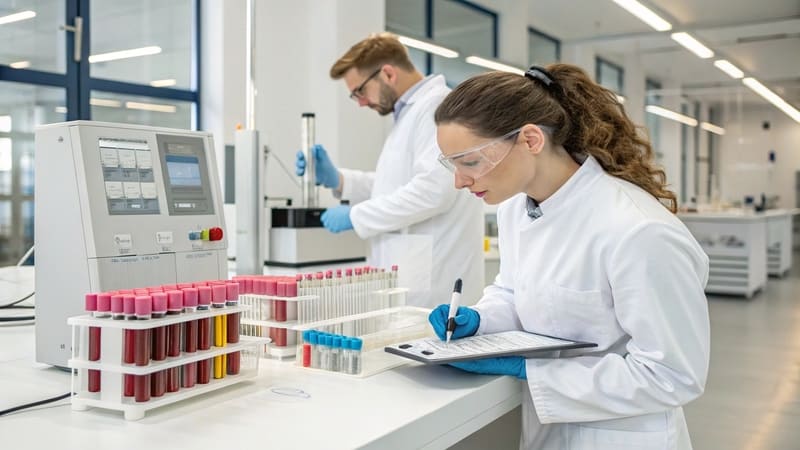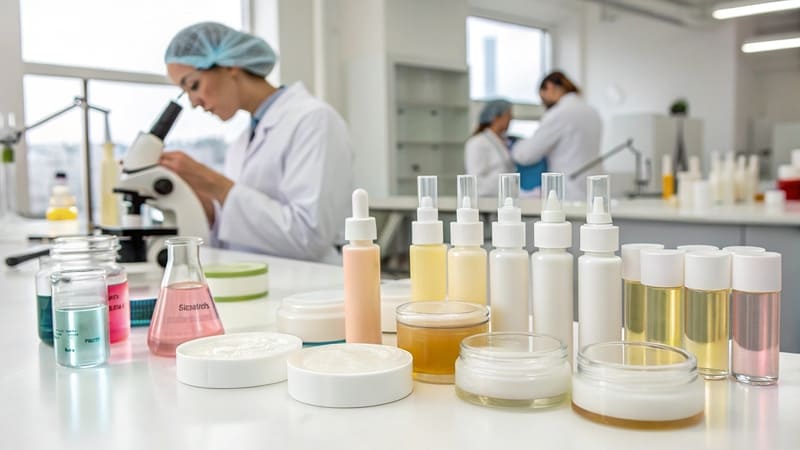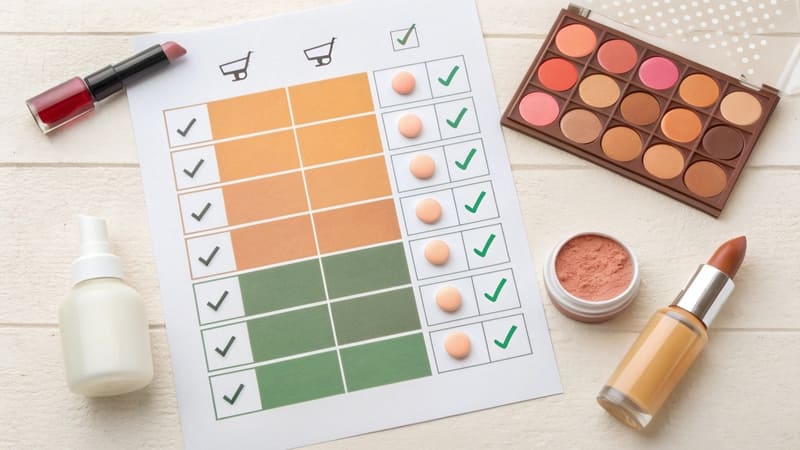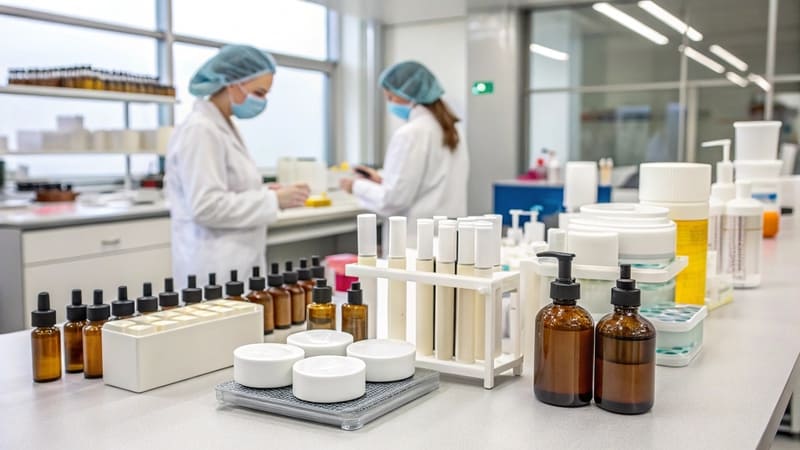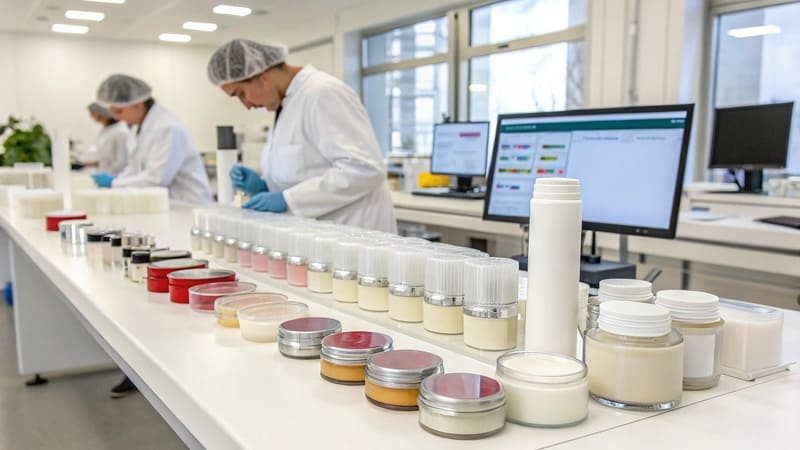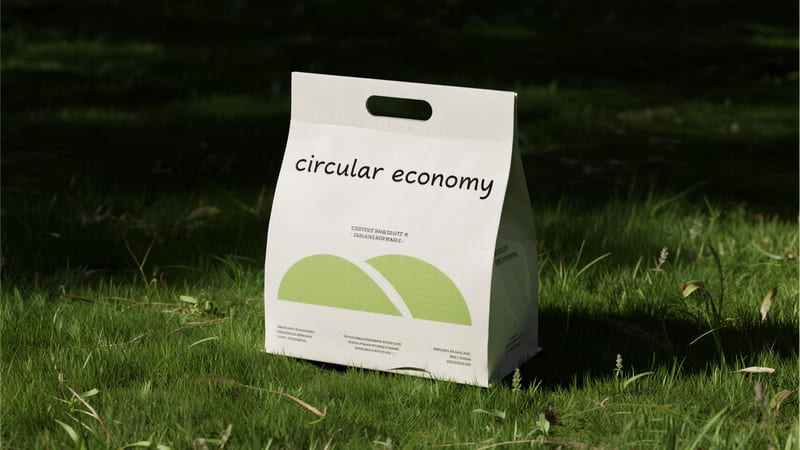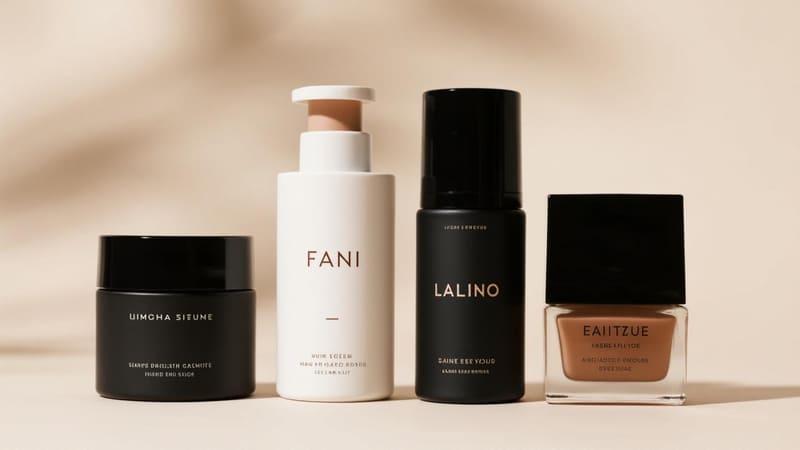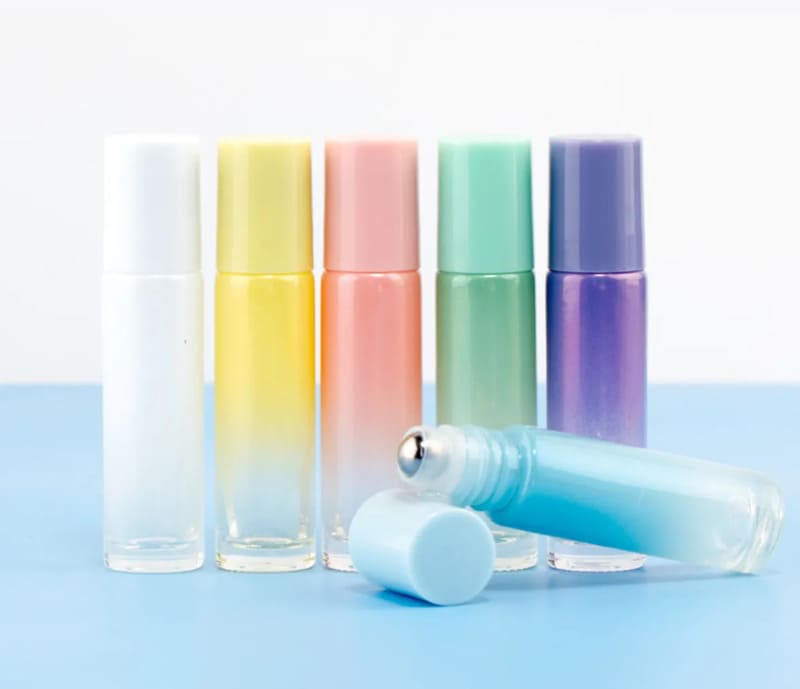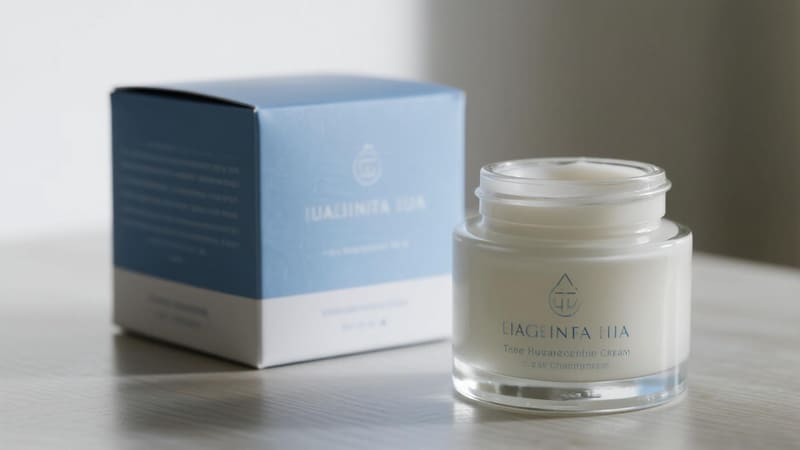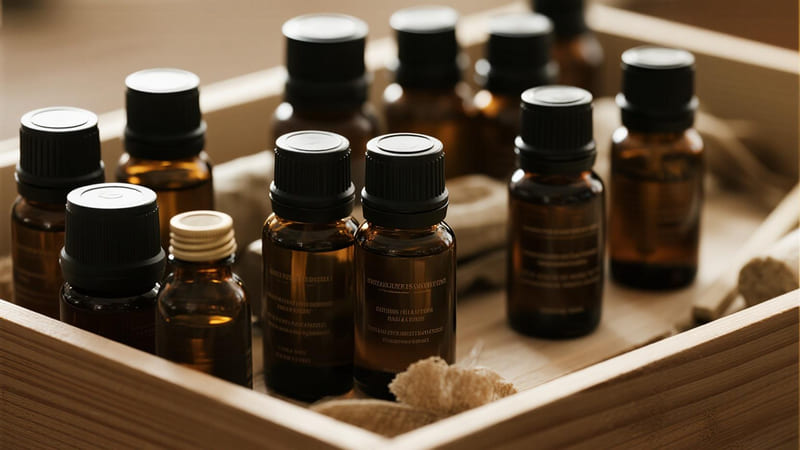Product spoilage or packaging failure can ruin your brand’s reputation. Imagine customers complaining about discolored creams or leaking bottles. Compatibility testing prevents these disasters, ensuring product integrity.
Compatibility testing in cosmetics is a crucial process that evaluates the interaction between a cosmetic formulation and its intended packaging to ensure product stability, safety, and quality over its shelf life.
Ensuring your amazing new cosmetic product reaches your customer in perfect condition is paramount. But what happens if the formula reacts with its container? This is where compatibility testing becomes essential. Let’s explore why this step is so critical for every cosmetic brand.
What is the Purpose of Compatibility Testing?
Unstable products can lead to customer dissatisfaction and recalls. Think of wasted inventory and damaged brand trust from faulty packaging. Compatibility testing safeguards your product, brand, and bottom line.
The purpose of compatibility testing is to ensure that the cosmetic product remains stable, safe, and effective when in contact with its packaging, preventing undesirable chemical or physical changes over time.
Compatibility testing serves several vital purposes in the cosmetic industry. It’s not just a box-ticking exercise. It’s a fundamental part of product development and quality assurance. I’ve seen firsthand how skipping this step can lead to costly mistakes for brands.
Key Objectives of Compatibility Testing
-
Ensuring Product Stability:
The primary goal is to confirm that the cosmetic formulation doesn’t degrade due to interaction with the packaging. This includes checking for things like changes in color, odor, or texture. We also look for separation of emulsions, alterations in pH or viscosity, and degradation of active ingredients. If your star ingredient breaks down, the product won’t work as promised. -
Maintaining Packaging Integrity:
The test also verifies that the product doesn’t damage the packaging. This involves looking for corrosion or deformation of the container. We check for leaching of substances from the packaging into the product. We also watch for cracking, crazing, or paneling of plastic bottles, and failure of closures or dispensing mechanisms. A leaking bottle is a sure way to lose a customer. -
Guaranteeing Consumer Safety:
A critical aspect is to ensure no harmful substances migrate from the packaging into the product. This could pose a risk to the consumer. This is especially important for materials that might contain trace chemicals. We must be sure the packaging itself doesn’t contaminate the product.
As a packaging supplier, we at ShineTop always emphasize this. For instance, Mohammed, our client from Iraq who customizes gift sets, relies on our compatibility insights. He needs to ensure his soaps and bottled products remain pristine within their custom drawer boxes. This diligence helps his customers maintain strong marketing capabilities and happy end-users.
What is Compatibility in Cosmetics?
Your product and packaging might seem fine separately but react together. This hidden incompatibility can lead to product failure on shelves. Understanding compatibility means ensuring they work harmoniously together.
Compatibility in cosmetics refers to the ability of a cosmetic formulation and its packaging material to coexist without any adverse interactions that could compromise the product’s quality, safety, or the packaging’s integrity.
Compatibility in cosmetics is all about the harmonious relationship between the product formula and its container. Think of it like a marriage; both partners need to get along for things to work out in the long run. If they don’t, problems will arise. I’ve seen this happen many times.
Aspects of Cosmetic Compatibility
| Aspect | Description | Potential Issues if Incompatible |
|---|---|---|
| Chemical | No adverse chemical reactions between formula and packaging. | Ingredient degradation, leaching, color change. |
| Physical | Packaging maintains its physical form and protective function. | Cracking, paneling, leakage, sorption of ingredients. |
| Microbiological | Packaging does not promote microbial growth or compromise preservatives. | Contamination, reduced shelf life. |
| Aesthetic | Product appearance remains unchanged by packaging interaction. | Discoloration, staining of packaging. |
I remember a case with Anna, a cosmetics manufacturer in Thailand. She has her own brand and production line. She was developing a new serum with potent active ingredients. Her initial packaging choice, a standard plastic bottle she sourced elsewhere, caused the serum to discolor and lose efficacy within weeks. This was a classic case of chemical incompatibility. The active ingredients were reacting with the plastic. We worked with her to select a specialized coated glass bottle from our ShineTop range. This resolved the issue completely. Her clients were happy, and her product maintained its quality. This experience highlighted how crucial it is to consider the specific nature of the formulation. For example, highly acidic or alkaline products, or those with strong solvents or essential oils, are more likely to interact with packaging materials. Understanding these nuances is key to achieving true compatibility.
What is Done in Compatibility Testing?
How do you actually check if your product and packaging are compatible? Guesswork can lead to product failures and significant financial losses. Specific, rigorous testing protocols provide the necessary assurance.
In compatibility testing, the cosmetic product is filled into its final packaging and subjected to various storage conditions (temperature, humidity, light) over a set period, with regular evaluations for changes in the product and packaging.
Compatibility testing isn’t a single action but a series of evaluations. It’s a meticulous process designed to simulate real-world conditions. It also aims to accelerate any potential interactions. At ShineTop, we often guide clients through what to expect from this process. It’s an investment that pays off.
Typical Compatibility Testing Protocol
-
Sample Preparation:
The actual product formulation is filled into the final intended retail packaging. This includes the container, cap, liner, and any dispensing mechanism like a pump or sprayer. It’s important to use the exact packaging components that will be sold. Control samples in inert containers (like glass, if glass is not the primary pack) are also prepared for comparison. -
Storage Conditions:
Samples are typically stored under a range of conditions to cover different scenarios:- Accelerated Conditions: Higher temperatures (e.g., 40°C, 45°C, or 50°C) are used to speed up potential reactions. Relative humidity might also be controlled (e.g., 75% RH).
- Real-Time Conditions: Room temperature (e.g., 20-25°C) is used to mimic normal storage.
- Other Conditions: Sometimes, cycling temperatures (freeze-thaw cycles) or specific light exposure (UV or fluorescent) are included, depending on the product.
-
Evaluation Schedule:
Samples are evaluated at predetermined intervals. Common intervals are 1 week, 2 weeks, 4 weeks, 8 weeks, and 12 weeks. The total duration depends on the product type and the desired shelf life. -
Parameters Assessed:
During each evaluation, both the product and the packaging are examined closely.Component Parameters Checked Product Color, odor, appearance, viscosity, pH, texture, separation, weight loss, active ingredient levels (if applicable). Packaging Cracking, crazing, paneling (collapsing inward), leakage, discoloration, deformation, label adhesion, functionality of closure/dispenser, weight change of empty pack (to check for sorption).
This systematic approach helps identify issues early. For instance, if a plastic bottle starts to panel, it might indicate that the product is absorbing air from the headspace. Or, it could mean that components of the formula are being absorbed by the plastic. Catching these things early saves a lot of trouble later.
What is an Example of Compatibility Testing?
Abstract testing protocols can be hard to visualize in practice. Without a clear example, understanding the real-world application is difficult. A concrete scenario illustrates how compatibility testing works effectively.
An example of compatibility testing involves filling a new organic facial cream into a proposed PCR PET jar and a glass jar (control), then storing them at 40°C/75%RH and 25°C/60%RH for 12 weeks, checking for changes weekly.
Let’s walk through a practical example of compatibility testing. Imagine a client, "Glow Naturals," wants to launch a new vitamin C serum. Vitamin C is notoriously tricky as it can oxidize and lose effectiveness. They are considering two packaging options from ShineTop for this serum: an amber glass bottle with a dropper (Option A) and an airless pump bottle made of PP plastic (Option B).
Compatibility Test Plan for Glow Naturals’ Vitamin C Serum
-
Product & Packaging Details:
- Product: Vitamin C Serum (known to be sensitive to light and oxidation).
- Option A: Amber glass bottle with a glass pipette dropper assembly.
- Option B: Opaque white Polypropylene (PP) airless pump bottle.
- Control Sample: The serum will also be stored in a clear borosilicate glass vial, which is very inert, to act as a baseline.
-
Storage Conditions & Test Duration:
Samples of the serum in both Option A and Option B, plus the control, will be stored under these conditions:- 40°C with 75% Relative Humidity (RH) – this is an accelerated condition to speed up aging.
- 25°C with 60% RH – this represents typical room temperature or real-time conditions.
- 5°C (refrigerated) – for stability comparison, especially for sensitive ingredients.
- Lightbox exposure – specifically for Option A (amber glass) to test its UV protection effectiveness, even though amber glass offers some protection.
- Duration: The test will run for 12 weeks. Evaluations will happen at the start (T0), and then at 2, 4, 8, and 12 weeks.
-
Evaluation Parameters Table:
Parameter Method of Assessment Expected Outcome (Ideal Scenario) Product Color Visual comparison against the T0 control sample; possibly colorimeter readings. No significant darkening or other color shift. Product Odor Olfactory assessment by a trained panel. No off-odors should develop. pH Level Measured using a pH meter. pH should remain within the specified range (e.g., 3.0-3.5 for this serum). Vitamin C Assay High-Performance Liquid Chromatography (HPLC) analysis to determine active Vitamin C concentration. Minimal degradation of Vitamin C content. Viscosity Measured using a viscometer. No significant change in the serum’s flow characteristics. Packaging Integrity Visual inspection for any leaks, cracks, or deformation. Functional test of the dropper (Option A) and pump (Option B). No leaks or deformation. Dispenser must work smoothly throughout. Weight Loss Filled containers are weighed at each interval to check for evaporation or leakage. Minimal weight loss, within acceptable industry limits.
After 12 weeks, Glow Naturals will review all the data. If the serum in Option B (the PP airless pump) shows significantly less Vitamin C degradation and better color stability compared to Option A, especially under the accelerated conditions at 40°C, they might choose Option B. This could be true even if Option B is slightly more expensive. The reason is that it better protects their key active ingredient and ensures product efficacy. This is the kind of data-driven decision that compatibility testing enables. It helps brands choose the best packaging to deliver a high-quality product to their customers.
Conclusion
Compatibility testing is vital. It ensures your cosmetic product and its packaging work together perfectly. This protects quality, safety, and your brand’s valuable reputation in the market.

